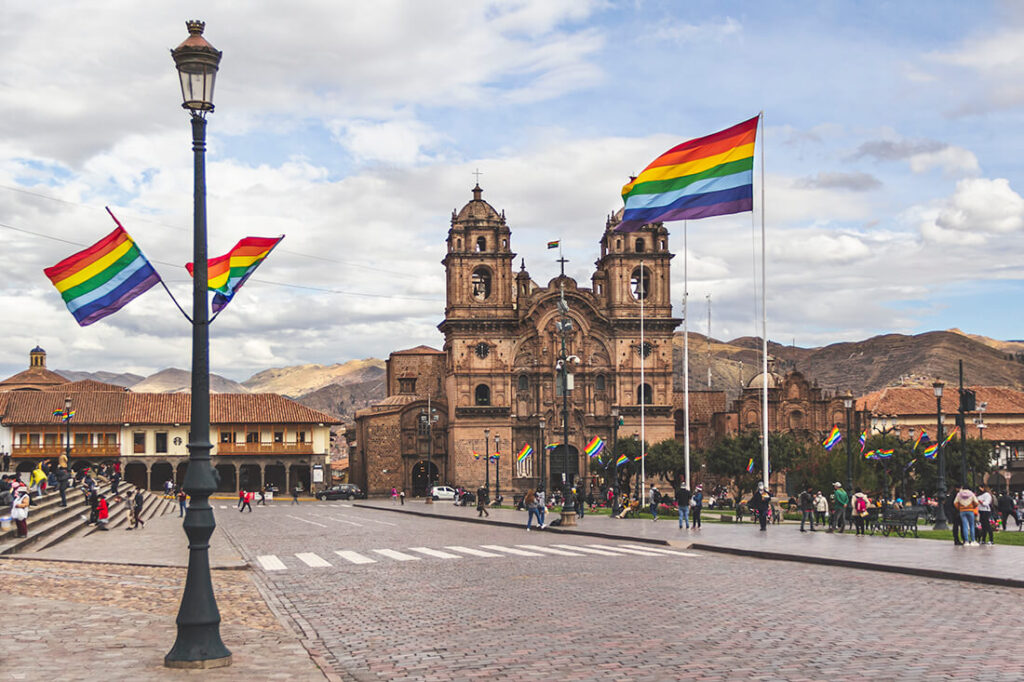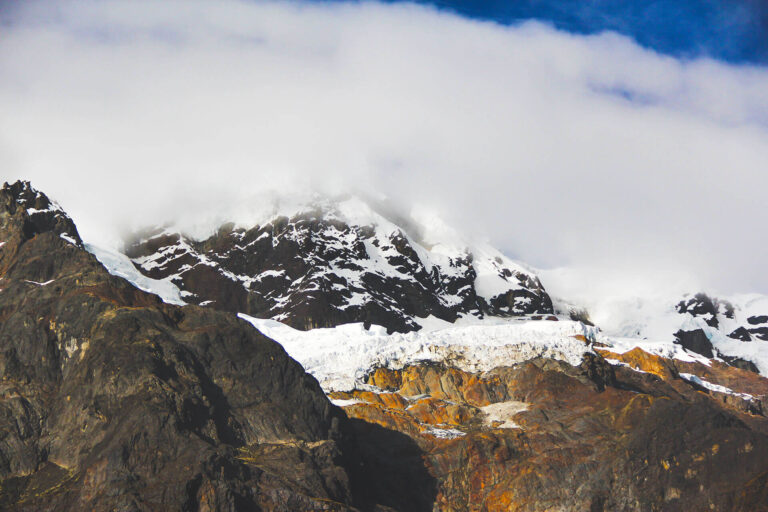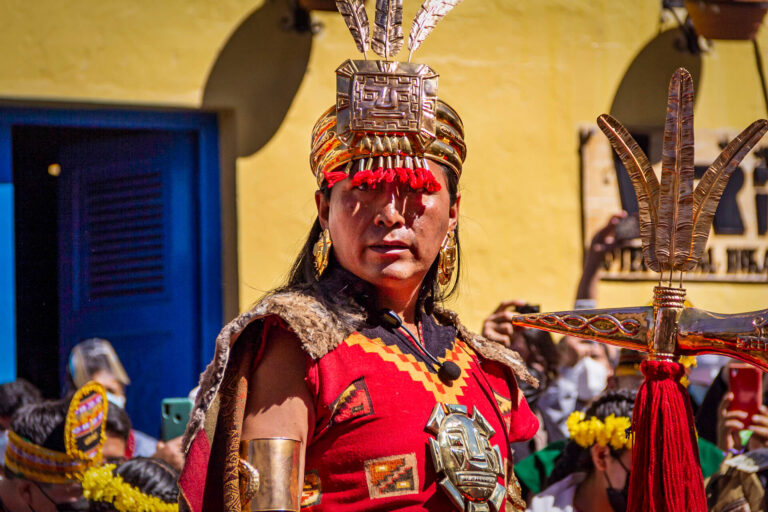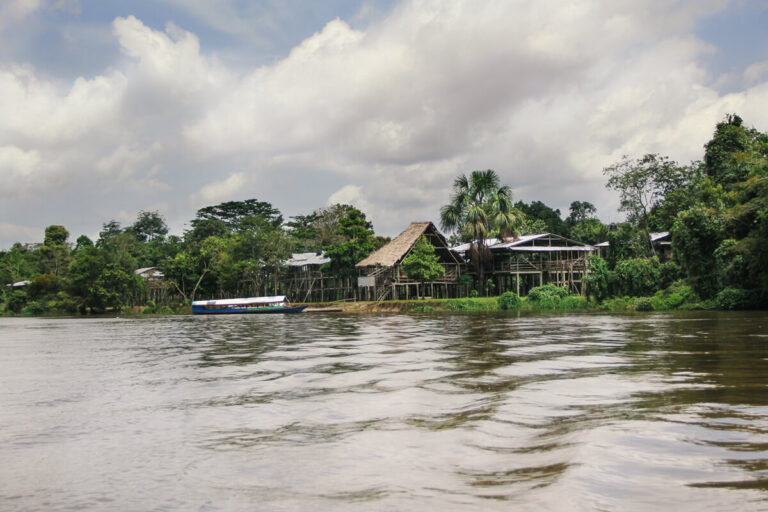If you are going to Cusco, your destination is most likely Machu Picchu. But be sure to spend a few days in Cusco as well.
Cusco lies at an altitude of about 3,400 meters and it’s considered the capital of the Incas. It was also called the navel of the world at that time. The foundations of the city were built by the Incas in the shape of a puma, which is one of the three sacred animals of the Incas. Some of the city’s main streets are built according to the positions of the stars at certain times of the year.
For example, many people do not know that there are many ruins under the city, but the city had to bury them because they were under the main roads. However, there are still signs on certain streets with photos of what it actually looks like underground. There are about 10,000 tourist guides just in Cusco and about 2,000 tourist agencies, at least the legal ones. The tourism industry is really important for Peru and especially in Cusco, universities teach the ancient Inca language, Quechua, and students become experts in various fields, such as architecture, archeology, or bird watching, which is also quite popular in Peru. So, for example, if you decide to take a free tour in the city, you don’t have to worry that you will be accompanied by a guy who just wants to make money, but it will be most likely a person who has a historical, or archeological education and could teach you some words in Inca’s language.
Cusco tourist ticket
If you don’t want to stay mostly in the city, it is definitely worth buying a tourist ticket, where you have access to the 16 most important places in Cusco and its surroundings. It is valid for up to 10 days and you will pay around 130 soles ($33). But you can also buy Partial Tourist Tickets that are almost half the price of the main ticket and you can choose among Sacsayhuaman circuit, City of Cusco circuit, or Sacred Valley circuit.
Plaza de Armas
The main square and center of Cusco, where you will not miss the Iglesia de la Compañía de Jesús above the stairs. It was built almost 100 years due to groundwater problems. There are beautiful colonial buildings around the square, with cafes and restaurants with the best views. In the middle of the square is a fountain with a statue of the first important Inca, Manco Capac, who founded the city. In the past, there used to be a huge market instead of a park.
However, there is one big catch to appearing in the square as a tourist. Get ready for annoying sellers of massages, tours, taxis, souvenirs, clothes, coffee, tea, lighters, paintings, and weed, or cocaine (depending on the hour). The square is always full of people and there are often festivities, gatherings, or protests.
Fun fact: On the corner of the square is the highest Irish pub in the world.
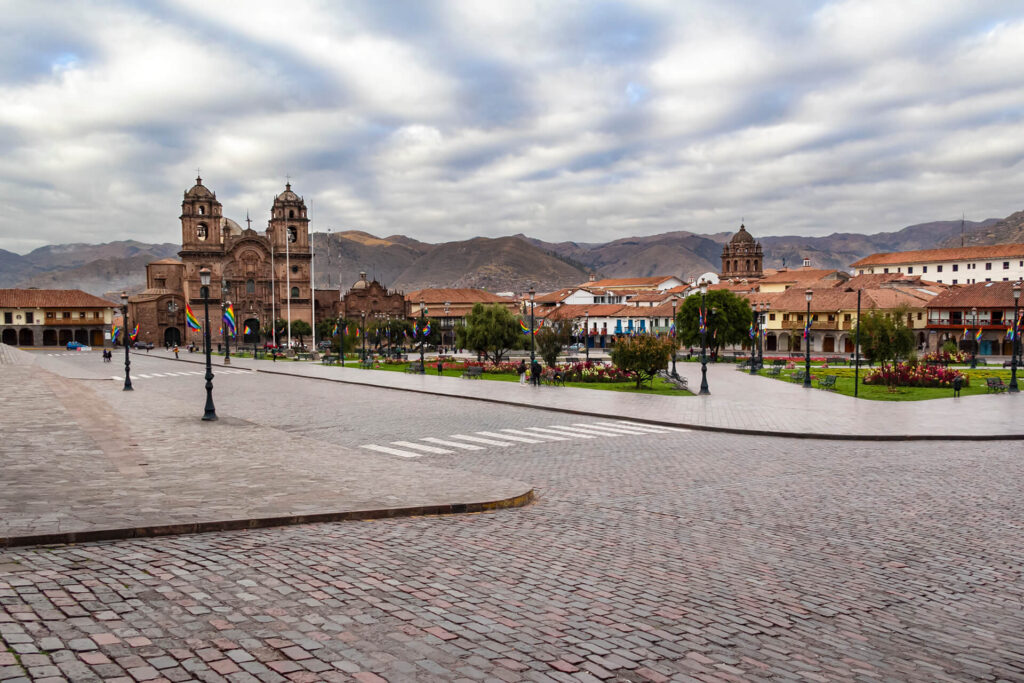
Twelve-Angled Stone
A place where you will always see a lot of tourists taking photos in front of the perfectly made twelve-angled stone, which is part of the building of the former Inca Palace. There is always a local guy dressed in traditional Inca costume waiting for a photo with tourists. It is a very interesting place and also one of the best-preserved stones in Cusco, where you can see the perfect architecture of the ancient Incas.
Fun fact: The surface of the stones is being destroyed over time and it is supposed to be forbidden to touch them, but no one respects it anyway, so cracks form on the surface and the material gradually falls off.
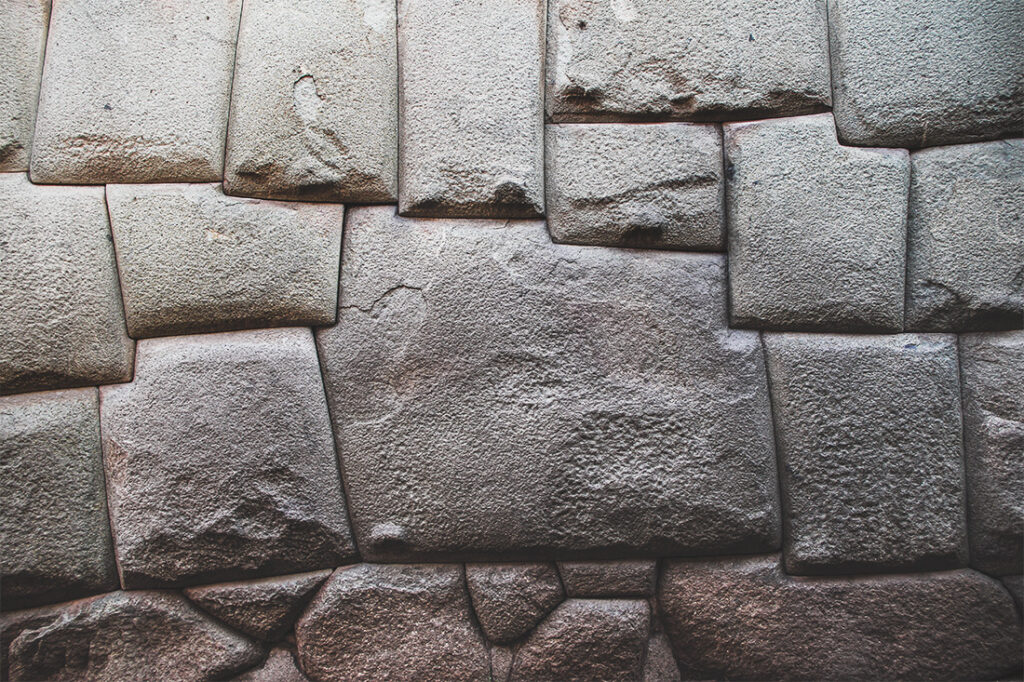
San Blas
The most famous district in Cusco, just above the main square. There is a smaller square with a church in San Blas, where festivities are also occasionally held. But this part is known for its lovely narrow streets with boutique stores and hotels, amazing coffee, beer, and vegan or vegetarian food. It is also worthwhile to go around the shops with clothes and souvenirs, here you will not find annoying sellers as on the main square. San Blas is basically built on a hill, so wherever you walk uphill, you will see a beautiful view of the city, but the most famous is this one.
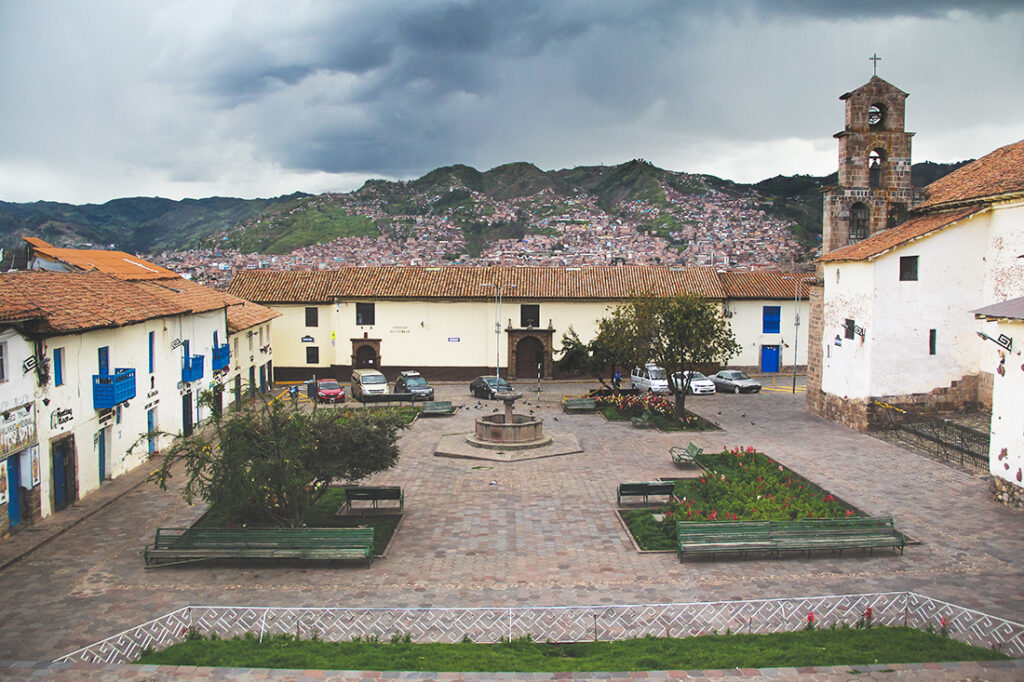
Saqsaywaman + Rodadero
Admission: with the tourist ticket
Opening hours: Mon-Sun 7: 00 am – 5:30 pm
The best-preserved citadel of the Incas, carved massive stones are 3 meters high and heavy several hundred tons. The most famous Inca “fortress” appears in every document about the Incas. It is said to have been built by 30,000 Indians for 70 years. The rocks are set so tightly that you can’t even put the paper between them. It has one of the best views of Cusco. I recommend spending at least an hour there and, if your budget allows, hire a guide because there are really few information boards.
Fun fact: During the winter solstice, Inti Raymi celebrations take place here, where several hundred dancers and actors disguised as the Incas “celebrate” the arrival of winter. Tickets cost around $200.
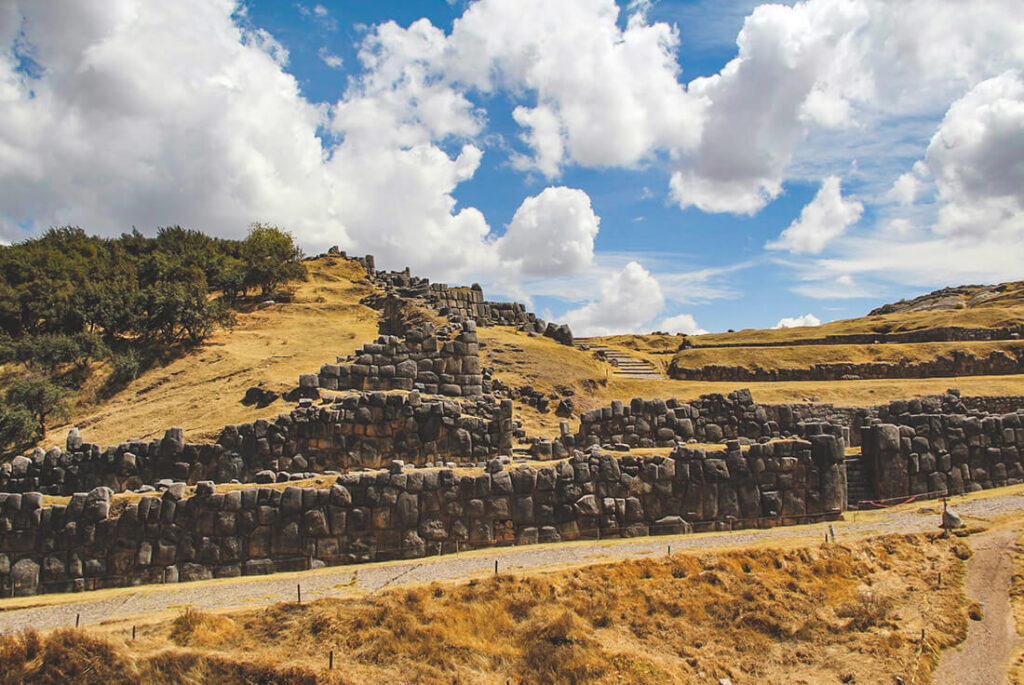
Behind the main area are smaller remains, where most tourists do not go. We saw there mainly locals sliding with children on a rock formation similar to a slide. It is mainly for children, but it’s quite fun if you slide down at least once. This place is called Rodadero.
Cristo Blanco
The statue is located between Saqsaywaman and Q’enco and is similar to the one in Rio de Janeiro. From there you will have a quite nice view of the whole city of Cusco and a lot of tourists take pictures in front of it.
Fun fact: The statue is a gift from the Palestinians as a token of gratitude to the people of Cusco who accepted them as refugees.
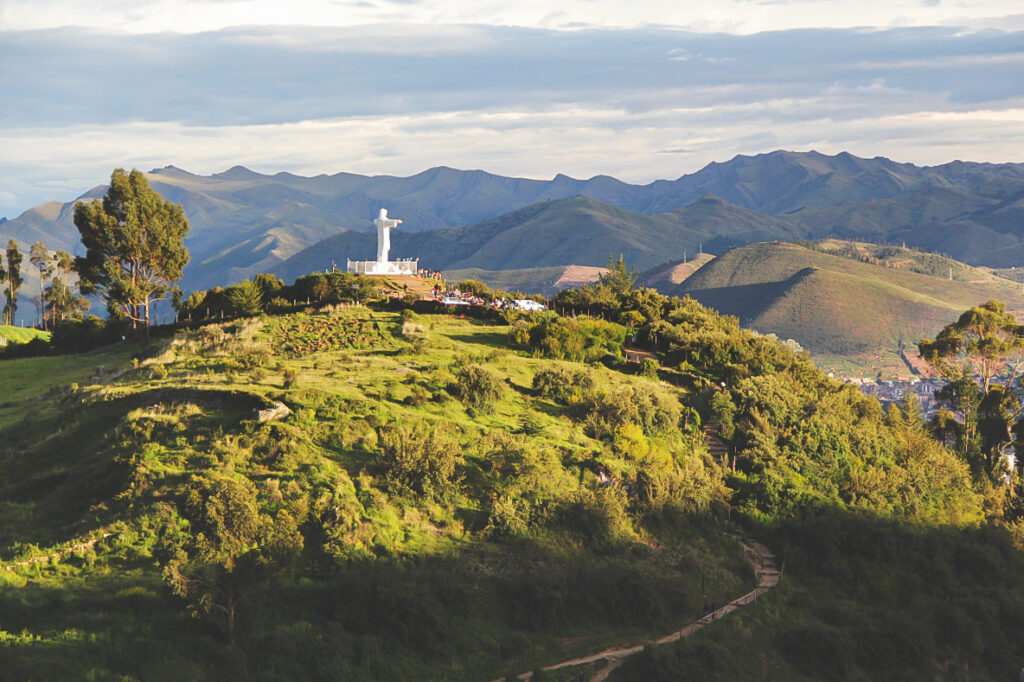
Q’enco
Admission: with the tourist ticket
Opening hours: Mon-Sun 7:00 am -6:00 pm
Archaeological remains near Saqsaywaman, a place that was probably used for sacrifice and mummification. The Spaniards named him Quenko, which in Quechua means zigzag or labyrinth. It takes about half an hour to walk there from the center of Cusco, but from Cristo Blanco, you can get there in 15 minutes. In the off-season, there are many locals who like to go for a picnic, and if you miss the trees in Cusco, there is a small eucalyptus forest right next to the ruins.
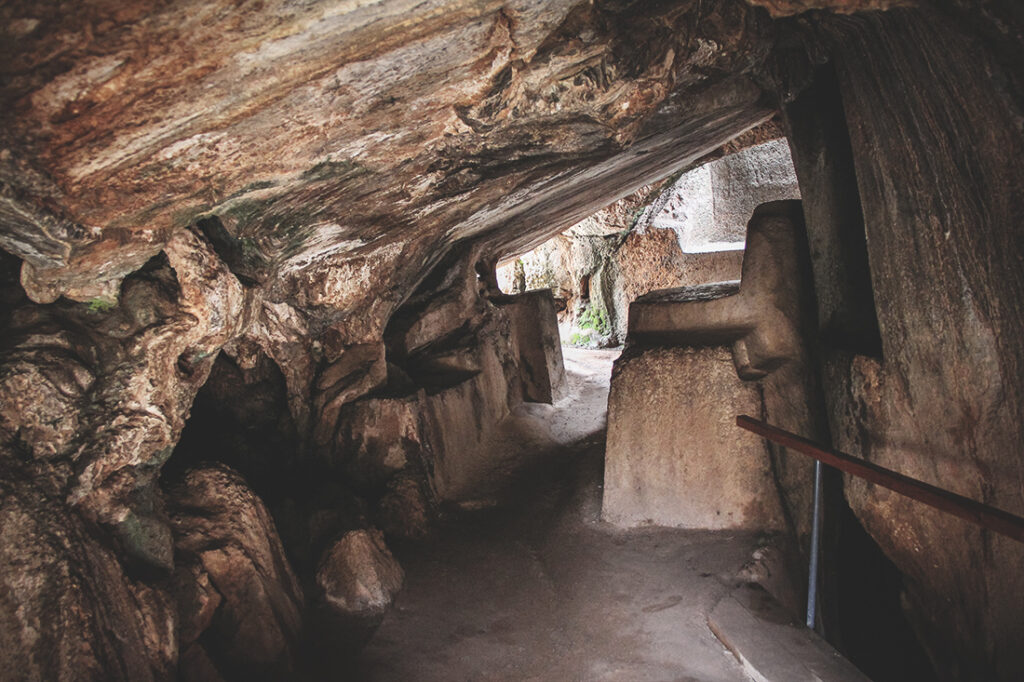
Qorikancha
Admission: S10
Opening hours: Mon-Sat 8:30 am – 5:30 pm
The most important monument in Cusco, the church with the Inca ruins, was destroyed by the Spaniards. It is possible to see the original stones of the Incas in some places, but the colonizers set up a new church for them. The original church was covered in gold, so it was one of the most luxurious churches in the Inca Empire.
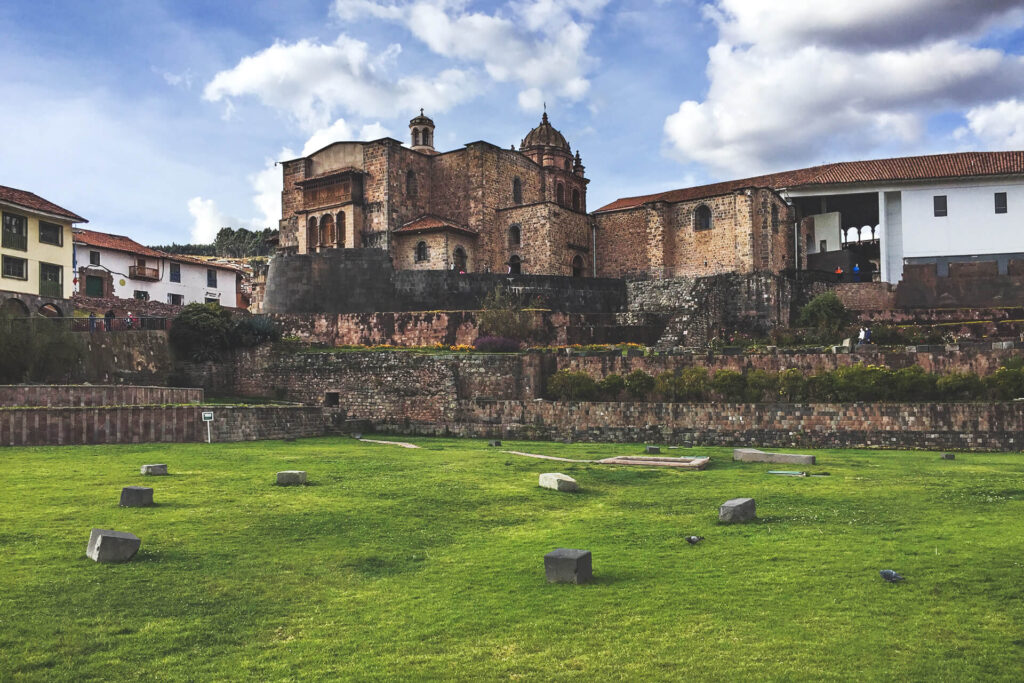
Traditional Textile Center
Opening hours: Everyday 7:30 am – 8:00 pm
It is a non-profit organization whose basic idea is to preserve traditional Quechua weavers and maintain this craft. There was a danger that long-term weaving techniques from the Inca period would disappear forever because there was no one to buy their products. Therefore, this organization is established in the small village of Chinchero, and later the first store was opened in Cusco. The store has a variety of pieces belonging to the 10 communities. And what is really special about this store is, that you will see weavers working on the production of textiles inside.
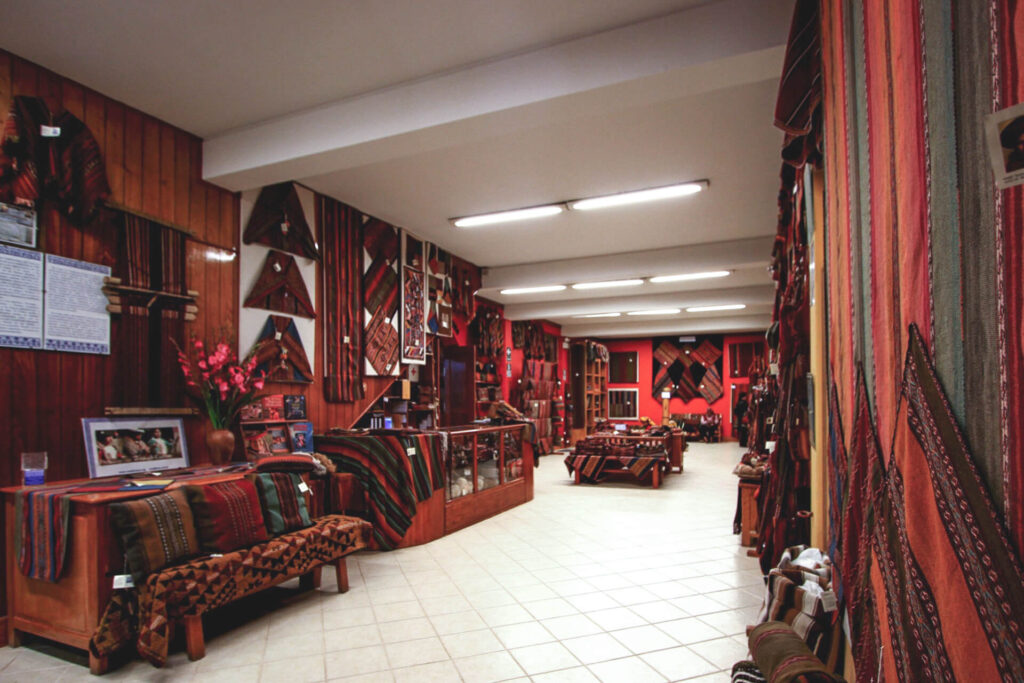
San Pedro market
Opening hours: Mon-Sun 6:00 am – 7:00 pm (may differ)
The most famous and largest market in Cusco, probably the best place to buy souvenirs. They are not worse in quality than in stores and they are even cheaper. Be sure to stop for at least a fresh juice or a typical aunty lunch for about $2. You will see how the locals eat, for whom it is like homemade food. The disadvantage is that it is in the center, so there is no day when it would not be crowded.
Fun fact: The San Pedro market was designed by Gustav Eiffel, the one who built the Eiffel Tower.
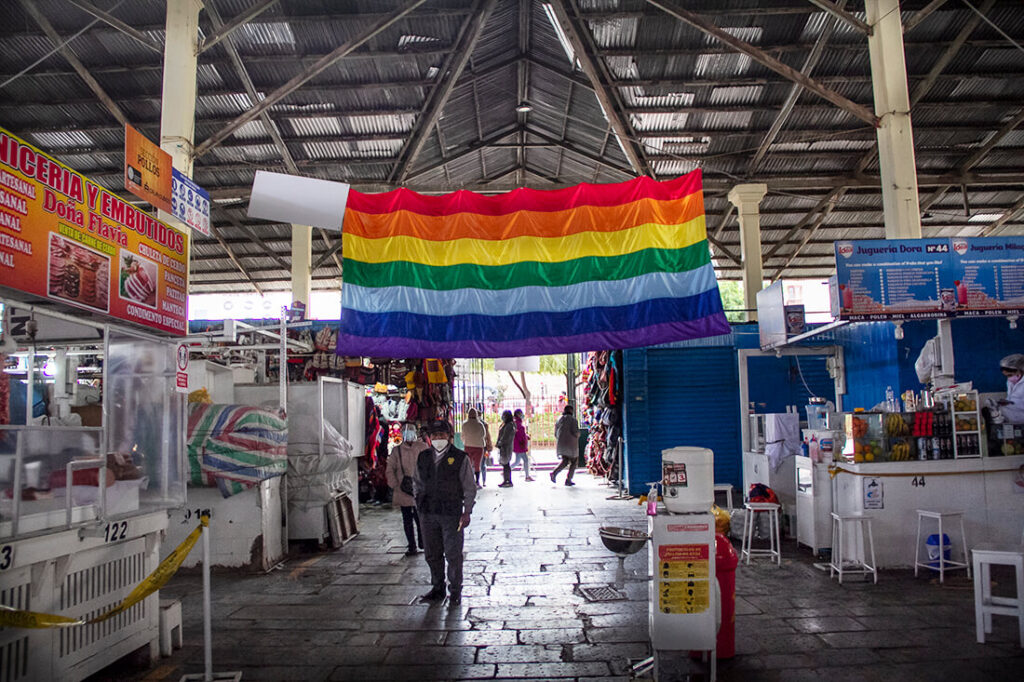
Machu Picchu Museum
Admission: S20
Opening hours: temporarily closed
The newly built museum, which has the largest collection, up to 360 artifacts, from Machu Picchu. There are mostly items that were finally returned from Yale University in the USA after a century-long dispute between the Peruvian government and American university. In the museum, you will find the best-preserved objects that were found on Machu Picchu, huge vases, skeletons, or utility objects.
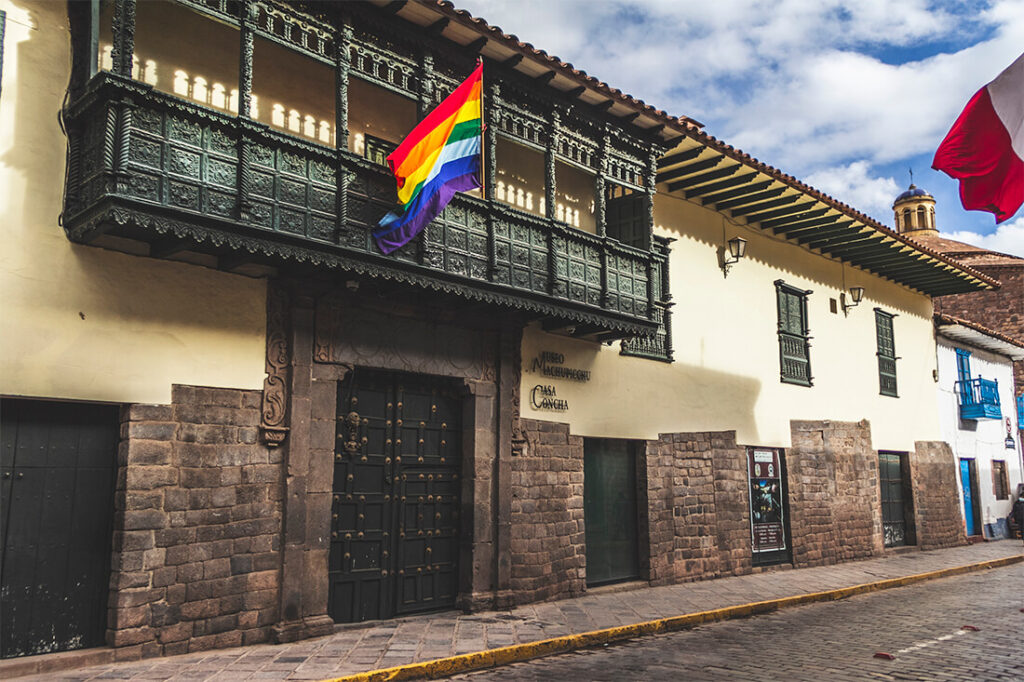
ChocoMuseo
Admission: free
Opening hours: Mon-Sun 9:00 am- 6:00 pm
It is located on a small square with a fountain next to the main square. At the entrance, you can taste pieces of different types of chocolate. When you come in, you will be greeted by guys who will start telling you about growing and exporting chocolate, especially in Peru. They will tell you something about the production of chocolate and in the end, they will give you to taste chocolate drinks with different flavors. They also have a small shop with their products and a café. In addition, they offer workshops where you can make your own chocolate for 70 soles.
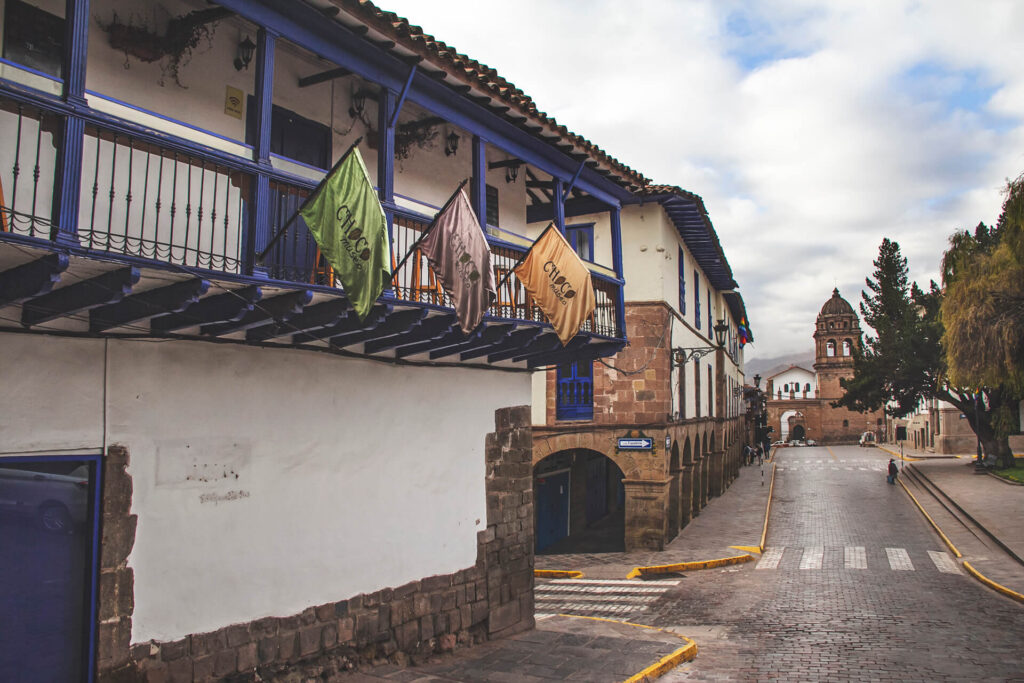
Coca Museum
Admission: free
Opening hours: temporarily closed
Another great museum, located right on San Blas Square, has a quite small space, so it won’t take you much time, but it will teach you the main things about history as well as the current use of coca leaves, and also why they are extremely important for Peruvian culture. Of course, there is also a small shop where you can buy products made from coca leaves, from creams, chocolate, candies to Coca Cola in the old packaging.
Fun fact: You’ll even find infographics that describe the process of making cocaine in different ways and in different countries.
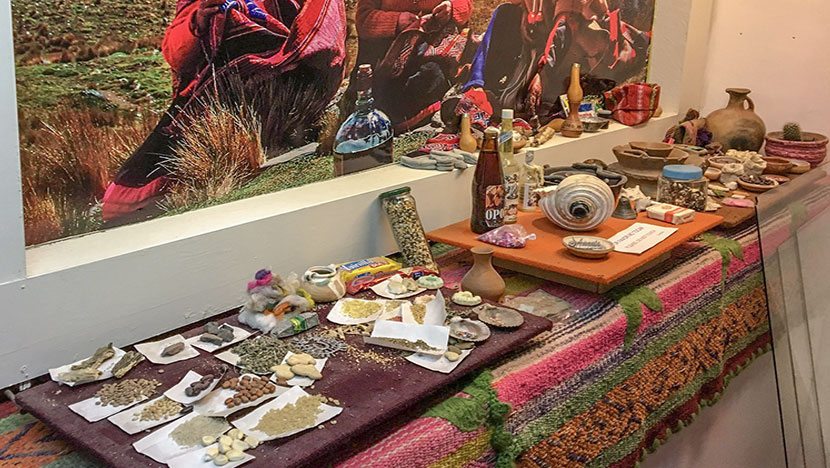
Inca Museum
Admission: S10
Opening hours: Mon-Sat 8:00 am – 6:00 pm
The world’s largest collection of “queros” wooden vases used for ceremonies. The description is in both Spanish and English, and an English-speaking guide is available for a small fee.
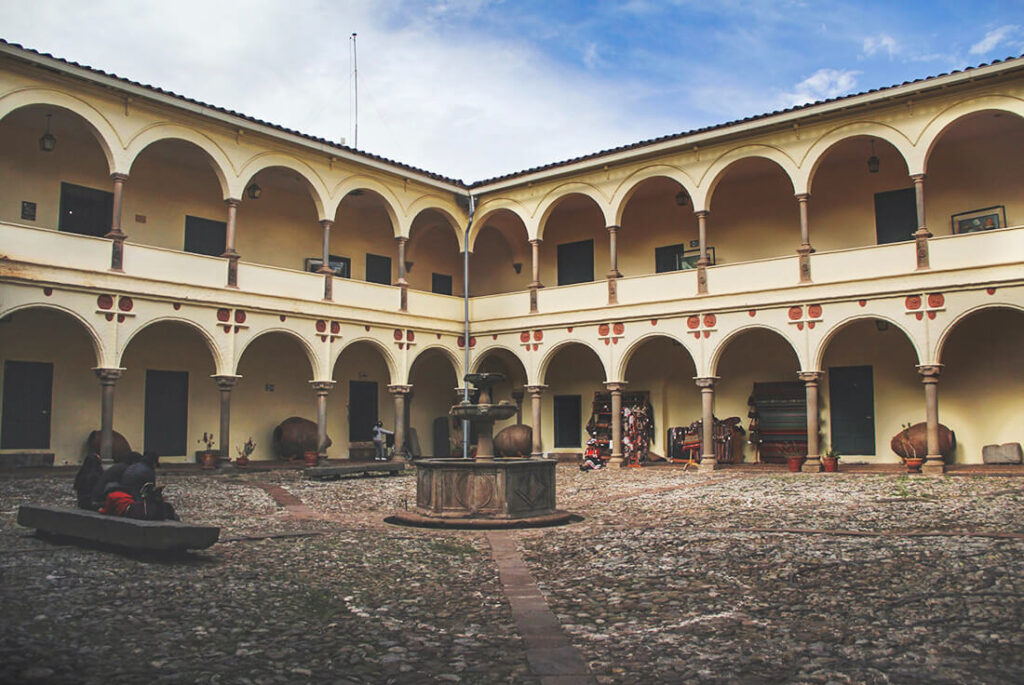
The fun fact
If you walk around the city, you will certainly notice a flag that looks like Cusco was the gay capital. In fact, it’s just a coincidence that Cusco adapted a similar flag a year before the LGBT flag in San Francisco. The only difference is that the flag of Cusco has one extra blue stripe. The city uses this flag as a symbol of the Inca capital and Andean culture, and some believe that the flag was used by the ancient Incas.
